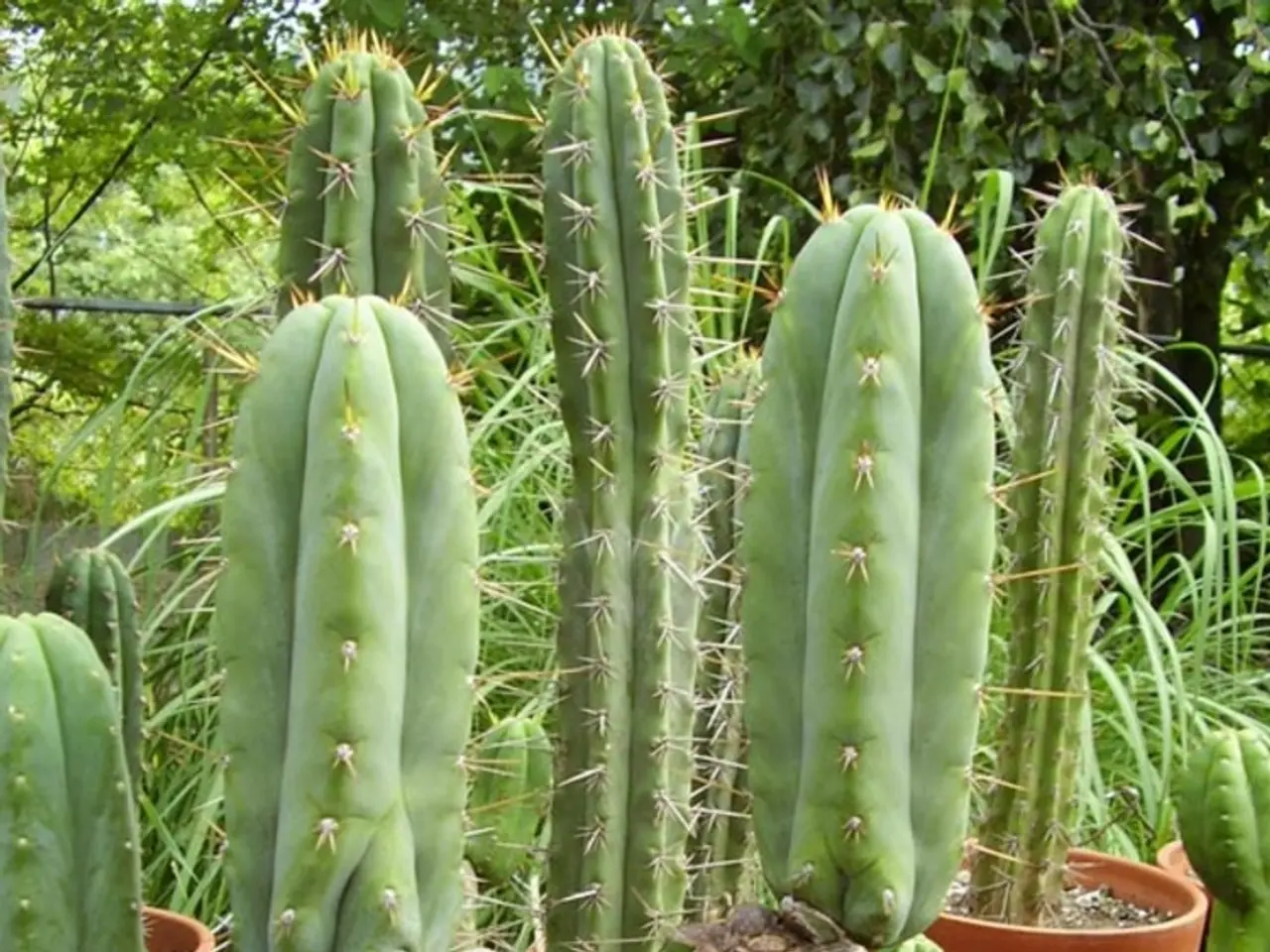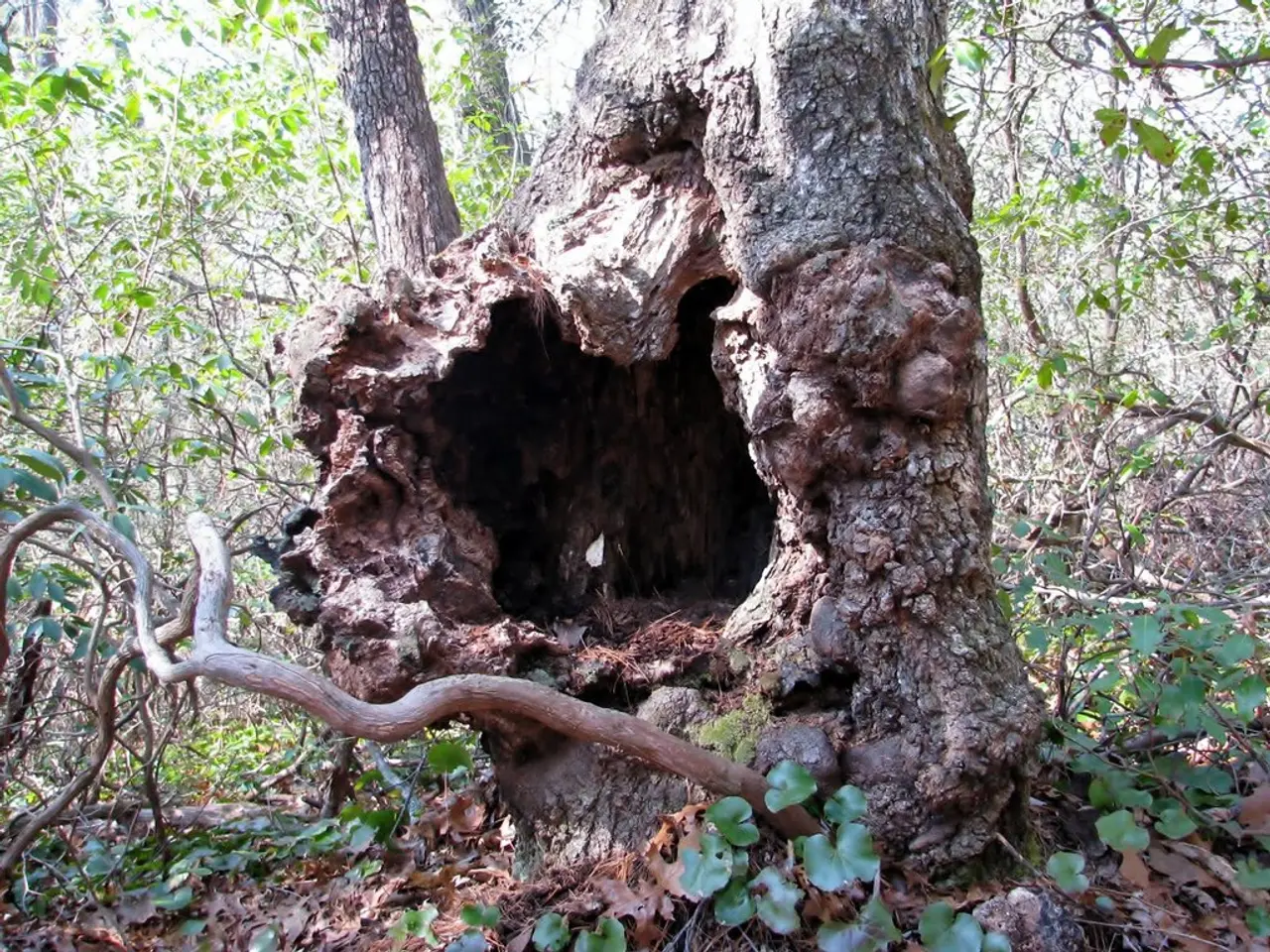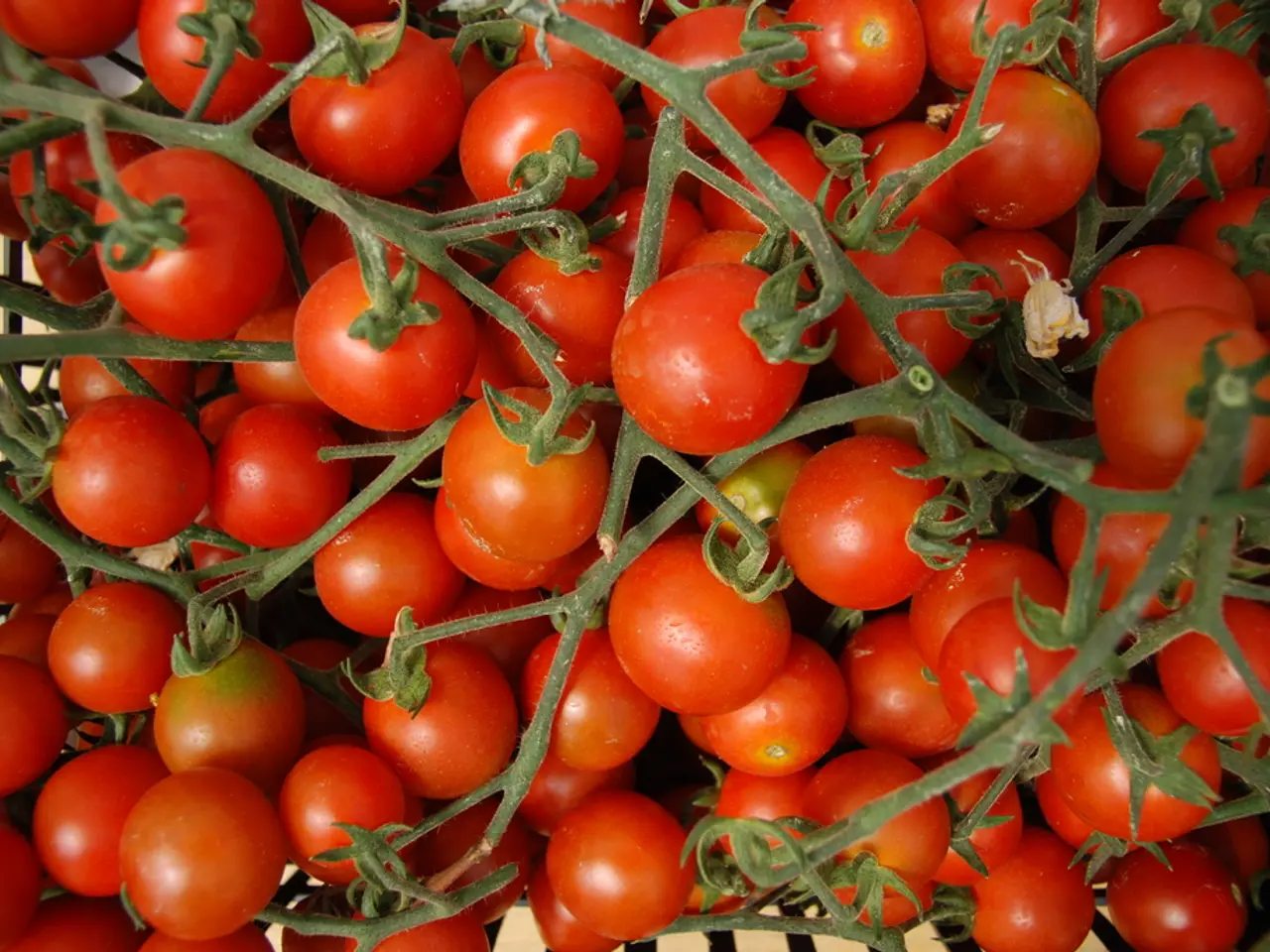Ideal Soil Mix for Pilea Plant Cultivation
The Chinese Money Plant, also known as Pilea Peperomioides, thrives in a rich, well-draining potting mix that maintains good moisture balance without becoming waterlogged. Here's a breakdown of the ideal soil components and pot selection for your Pilea.
The Foundation: A high-quality organic potting mix forms the base of the soil. Peat-based or coir-based mixes work best, providing both water retention and aeration. To enhance drainage further, amend the soil with perlite, a mined volcanic rock that helps prevent excess water retention and ensures aeration for the roots.
Drainage Matters: Maintaining the optimal soil pH range between 6.0 and 7.0 supports nutrient availability and healthy growth for the Pilea. A drainage hole in the pot is essential to allow excess water to escape, preventing root rot.
Terra cotta pots, with their porous nature, are a good option for Pilea plants, as they absorb water and allow the soil to dry out more quickly. However, they may require more frequent watering.
A Balanced Approach: To make a peat-based potting mix for Pilea plants, use a mix of coco peat fiber or peat moss with a small portion of perlite (one part perlite to nine parts soil). Alternatively, you can use coconut coir, the outer husk of a coconut, which has good water retention properties but lacks nutrients and should be kept under 20% of the total mix.
Sustainable Choices: Perlite, while improving drainage, is a mined resource. A more sustainable alternative is rice hulls, which also provide good drainage properties.
Repotting: It is recommended to repot your Pilea once a year or once every two years. The plant can be transferred to the same size container or a larger one, 1.5 times the size of the previous one. To prevent root rot, pour some small stones at the bottom about 1 inch deep before adding the soil.
Watering: Find a balance in watering, as completely dry soil can cause the plant's lower leaves to yellow, while keeping the soil too wet can lead to root rot. When watering a Pilea, allow the top inch or two of soil to dry out before watering again.
Fertilising: It is recommended to fertilise your Pilea once a month during the spring and summer using a balanced, all-purpose fertiliser.
By following these guidelines, you'll ensure your Chinese Money Plant has the perfect growing conditions for a healthy, thriving plant. Happy growing!
[1] Source: The Spruce, "Pilea Peperomioides Care: How to Grow Money Plants" (https://www.thespruce.com/pilea-peperomioides-care-1422386)
Incorporate home-and-garden activities by blending organic potting mix, peat-based or coir-based, and perlite for the ideal soil components of your Chinese Money Plant, following cardinal rules for drainage, water retention, and aeration. To uphold a balanced lifestyle and promote healthy plant growth, maintain the optimal soil pH, utilize a drainage hole, and invest in suitable pots such as terra cotta or pots with adequate drainage holes.




